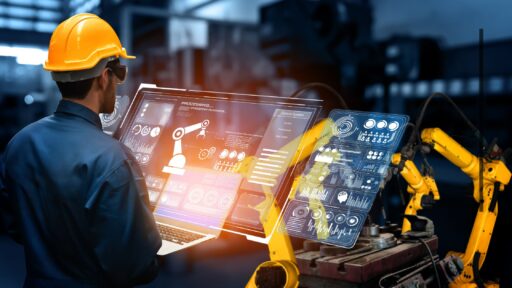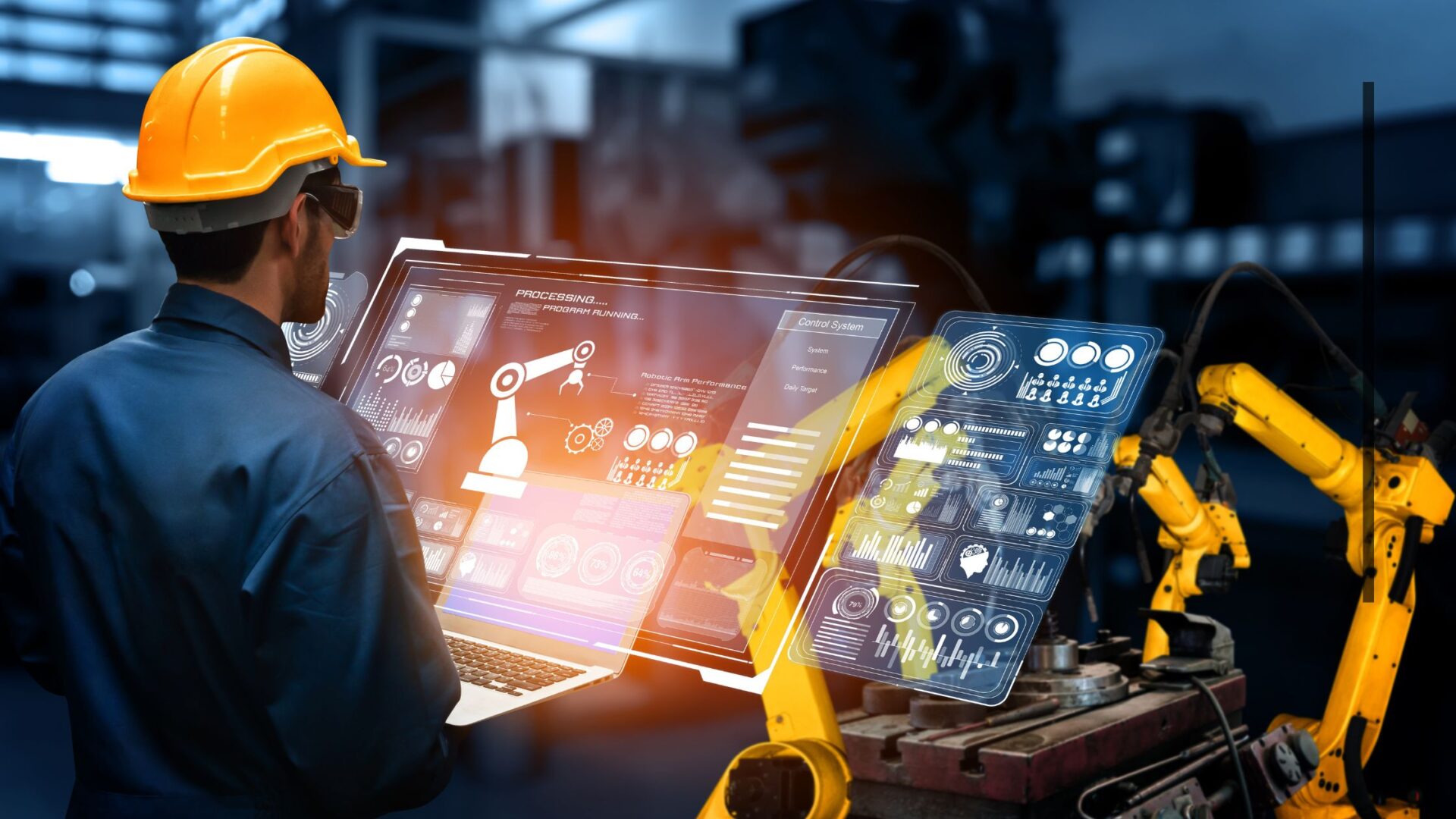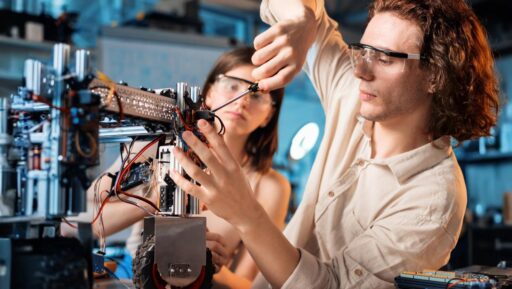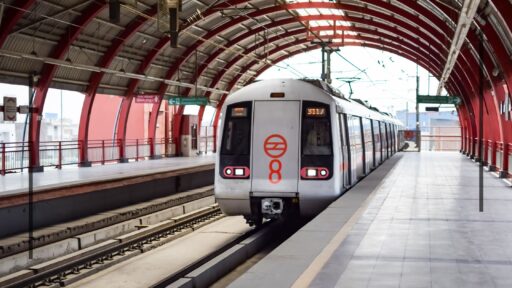Introduction:
The construction industry is experiencing a technological revolution, making building processes faster, safer, and more efficient. Among the most transformative technologies are prefabrication, robotics, and 3D printing. These innovations are changing the way we design and construct buildings, leading to more sustainable and cost-effective methods.
Prefabrication Construction Techniques:
Prefabrication involves assembling building components in a factory and transporting them to the construction site for installation. This method reduces construction time and waste, enhances quality control, and improves safety. Prefabrication in construction can range from simple elements like walls and floors to complex modules that include plumbing and electrical systems.
Common Prefabricated Construction Methods:
- Panelized Construction: This prefabrication technique involves the creation of panels, such as walls, floors, and roofs, which are assembled on-site. This method allows for quick assembly and enhanced precision.
- Modular Construction: Entire sections of a building, such as rooms or floors, are built in the factory and then put together on-site. This method is ideal for large-scale projects requiring uniformity and speed.
- Prefabricated Structures: These are complete building elements manufactured off-site, such as pre-assembled houses or office units, which can be transported and installed with minimal on-site construction.
Robotics Applications in Construction
Robotics play a critical role in modernizing construction processes. From bricklaying robots to drones for site surveys, robotics are making construction safer, more efficient, and precise.
Key Applications:
- Bricklaying Robots: These robots can lay bricks faster and with more precision than human workers. Robotics in construction enhances productivity and reduces human error.
- Drones: Used for site inspections, surveying, and monitoring progress, drones provide real-time data and high-resolution images. Robotics in building construction improves safety and project management.
- Robotic Arms: Used in prefabrication factories for tasks like welding, cutting, and assembling components. Robotics and automation in construction streamline the manufacturing process and ensure higher precision.
3D Printing in Building Construction:
3D printing, also known as additive manufacturing, is revolutionizing the construction industry by allowing the creation of complex structures directly from digital models. 3D printing technology in construction uses materials like concrete, plastic, or metal to build structures layer by layer based on digital designs.
It is useful for creating scale models and prototypes for testing and planning, facilitating detailed design exploration and refinement. 3D printing buildings allows for the production of unique building components that would be difficult or expensive to produce using traditional methods. This approach not only speeds up construction processes but also significantly reduces project timelines and costs, making 3D printing and construction a vital part of modern building techniques. The customization capabilities and efficiency of 3D technology in construction are paving the way for innovative and sustainable building practices.
Integration of Prefabrication, Robotics, and 3D Printing:
The combination of prefabrication, robotics, and 3D printing holds tremendous potential for the construction industry. Integrating these technologies can lead to even greater efficiencies and innovations. Prefabrication in the construction industry benefits from robotic efficiency, robots can automate the production of prefabricated components. Robotics in the construction industry further improves the precision of 3D printing applications, as robotic arms can operate 3D printers to create larger and more complex structures.
Role of AutoCAD in Prefabrication, Robotics, and 3D Printing:
AutoCAD, a leading software for computer-aided design (CAD), plays a crucial role in integrating prefabrication, robotics, and 3D printing in construction. AutoCAD enables precise design and planning, ensuring that all components fit together seamlessly.
- Design and Visualization: Create detailed models and visualizations of buildings.
- Simulation and Testing: Test designs digitally before actual construction, identifying potential issues.
- Integration with Robotics: AutoCAD models can be used to program robots for tasks like cutting, welding, and assembling.
- Accuracy: Ensures high precision in design and execution.
- Efficiency: Speeds up the planning and design phases.
- Collaboration: Facilitates communication between architects, engineers, and construction teams.
Future Trends and Innovations in Construction Technology:
The future of the construction industry looks promising, with continuous advancements. Innovations in construction are driving greater efficiency and precision, with trends such as increased automation and the use of robotics and automation in all phases of construction.
The future in construction will prioritize environmental impact and resource efficiency. Smart buildings that integrate IoT (Internet of Things) to manage energy, security, and maintenance autonomously are becoming more common. Augmented Reality (AR) is also being used for better planning and on-site visualization, providing an immersive experience for project stakeholders. Future technology in construction includes self-healing materials, which can repair themselves and reduce maintenance costs, and advanced drones for detailed site analysis and monitoring.
AI and machine learning are being used to optimize construction processes and improve the efficiency and effectiveness of construction projects. Civil engineering in the future will see the integration of these technologies, leading to more innovative and sustainable building practices.
Conclusion:
These technologies not only speed up the construction process but also open up new possibilities for design and sustainability. As technology continues to advance, the construction industry is set to undergo even more exciting changes, paving the way for the buildings of the future. Students and professionals alike must stay abreast of these advancements to contribute to and benefit from the evolving landscape of construction technology.
FAQs
What are the key benefits of learning about the integration of prefabrication, robotics, and 3D printing through CADD Centre’s training programs?
Learning through CADD Centre training programs provides comprehensive knowledge, hands-on experience, and industry-relevant skills. You’ll gain expertise in cutting-edge tools like AutoCAD, stay updated with the latest trends, and learn sustainable practices. This training enhances your career prospects and equips you for the future of construction technology.
What are the advantages of using 3D printing technology in construction?
3D printing technology in construction offers several advantages, including faster build times, reduced labor costs, increased design flexibility, and less material waste. It allows for the creation of complex structures with high precision and can significantly lower construction costs.
Are there specific skill sets or training requirements for professionals working with integrated construction technologies like prefabrication, robotics, and 3D printing?
Yes, professionals working with integrated construction technologies like prefabrication, robotics, and 3D printing typically require specialized training in areas such as computer-aided design (CAD), programming for robotics, and knowledge of 3D printing technology. Additionally, skills in project management, engineering, and familiarity with construction industry standards are essential.
What career opportunities are available for individuals who specialize in the integration of prefabrication, robotics, and 3D printing in the construction industry after completing training at CADD Centre?
Graduates can pursue careers as construction technology specialists, project managers, design engineers, robotics technicians, 3D printing specialists, and BIM (Building Information Modeling) coordinators. They can work with construction firms, architectural companies, and technology providers focusing on innovative building solutions.
How do prefabricated construction methods contribute to sustainability in the construction industry?
Prefabricated construction methods contribute to sustainability by reducing waste, minimizing resource consumption, and lowering carbon emissions. These methods allow for more precise material usage and efficient manufacturing processes, resulting in less on-site waste. Additionally, prefabrication often uses sustainable materials and can improve energy efficiency in buildings, further enhancing their environmental benefits.





